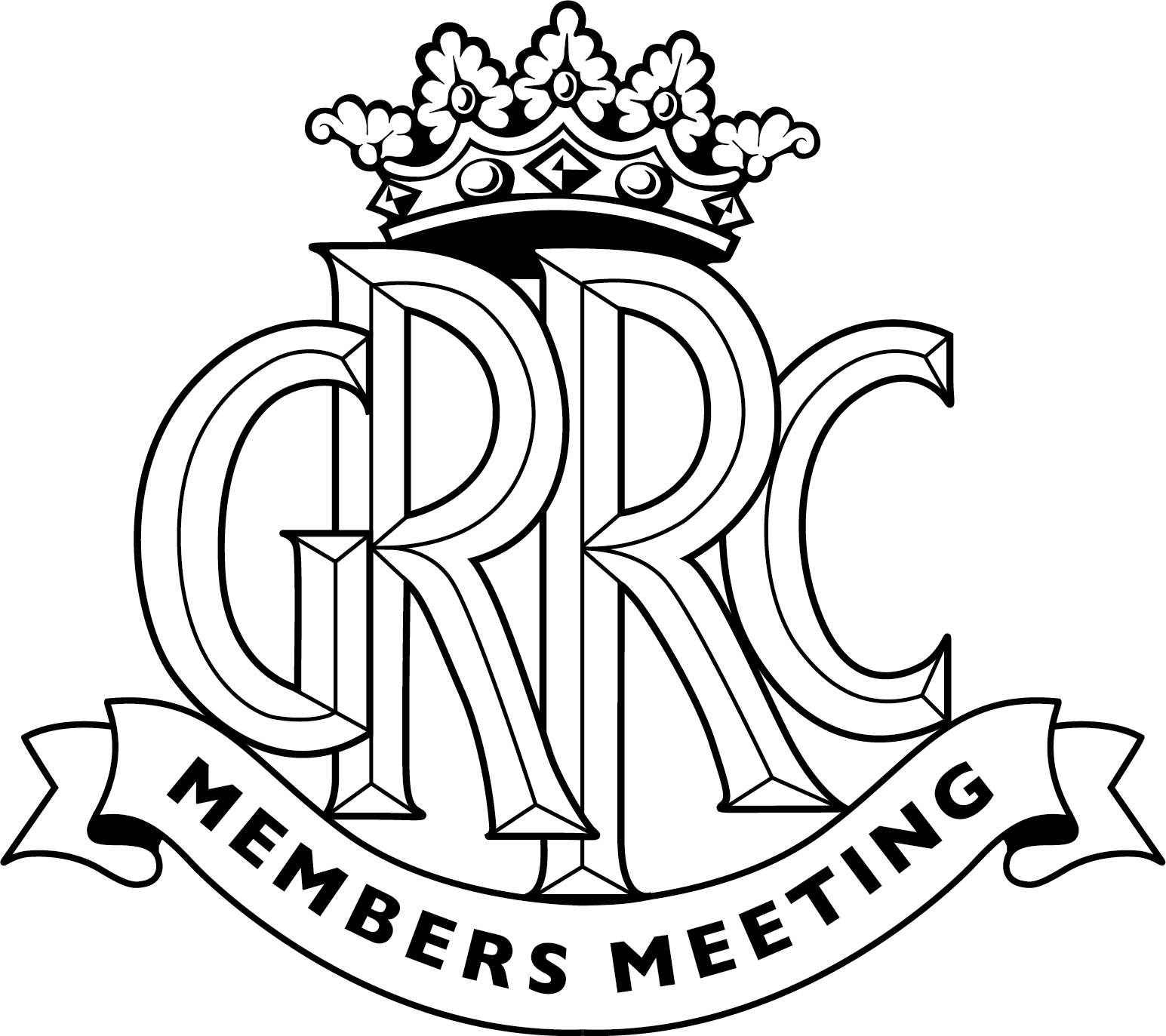The Ecurie Ecosse LM69 is a glorious tribute to the Jaguar XJ13
Your own street-legal Jaguar XJ13? To have “the car that might have won Le Mans”, “the finest Jaguar that never was,” “the most beautiful Jaguar ever” – to quote just some of the commendations heaped upon the legendary machine – parked outside your house is indeed a tempting thought…

What might appear an impossible dream – there was only ever one XJ13 in 1966 – has been brought to life this week with illustrious race team Ecurie Ecosse revealing it is lending its Le Mans-winning name to a venture to create an XJ13-style machine for the masses. Well, 25 people anyway.
The newly-built re-imagined classic is called the Ecurie Ecosse LM69 and is “inspired by” what the XJ13 might have turned into, rather than being an exact replica. The company behind it is newly set-up Ecurie Cars Ltd which promises that each of the 25 models to be made will be hand-built in the West Midlands by the best British craftspeople. Price? £800,000 to a million.
It’s a homage rather than a continuation model then, and as such one of several XJ13 replicas that have been tried in the past. Having said that, few newly-built recreations of Jaguar’s stillborn racer promise this level of accuracy. It has a bespoke V12 behind the seats, eschews modern fripperies like anti-lock brakes and stability control, and has been built to meet FIA homologation requirements as they existed in 1969.

The project has its roots in the one-man mission of Neville Swales and his six-year quest to create a bespoke XJ13-style car as authentic to the 1966 original as possible. Under the banner, Building the Legend, he finally showed off his car to widespread acclaim at the London Classic Car Show in 2016.
Without plans, blueprints or parts – none of which are thought to exist – that first recreation was built with the help of the Jaguar Heritage Trust and some now-retired former Jaguar engineers who worked on the project in the ‘60s. Three more Building the Legend cars have been built.

A major difference between 1966 Building the Legend recreations and the LM69 revealed this week is the coupe rather than open body. Other updates are aerodynamic devices like rear spoiler and winglets around the nose, and wider wheels and tyres. All the updates are in line with how the car is likely to have been developed had it raced in the latter half of the 1960s. And it still manages to look splendid, especially with Ecurie Ecosse’s traditional Saltire blue paint job with white noseband.

Acclaimed as one of Jaguar’s most beautiful cars of all time, as well as its first mid-engined machine, the XJ13 was designed and built as a Le Mans Prototype to follow on from the Jag D-Types which had so much success at Le Mans in the 1950s. Edinburgh-based Ecurie Ecosse famously won back-to-back victories with its distinctive D-Types at La Sarthe in ’56 and ’57. The XJ13’s beautiful flowing form ranks as among master Jaguar aerodynamicist Malcolm Sayer’s greatest creations.
With internal politics and Le Mans rules changes, Jaguar’s great hope to take on the Ford GT40s and Ferraris at Le Mans in ’66 never materialised, however. The XJ13 was left in a corner of a garage in Browns Lane, never to turn a wheel in a race. It was brought out for the launch of the V12 E-Type but during high speed runs for filming at the MIRA test track with Jaguar test driver, the late Norman Dewis, behind the wheel, the car crashed.
It was rebuilt in 1973 and is now on show in the British Motor Musuem in Gaydon. Occasionally it is let out; it has been a welcome visitor at the Festival of Speed presented by Mastercard several times, and in 2015 columnist Andrew Frankel even got to drive it up the Hill.

Ecurie Ecosse disbanded in 1972 but was reformed 10 years later as a race team and is now headed up by Alasdair McCaig.
He told us: “I’m thrilled to partner with Building the Legend and Design Q in bringing LM69 to life. It is incredibly exciting to follow a dream and see what my forebears might have created in the late 1960s, in what is still regarded as the golden age of Le Mans”.
LM69 is constructed from aluminium and composites of the kind that were available in 1969 and can be specified for the road or the track. Ecurie Cars says the shape is “true in spirit and sympathetic to the style of” the XJ13 while being an all-new design with “its own purposeful beauty”. The car is said to be lighter than the original and have a “much-improved engine”.

It has a bespoke quad-cam V12, said to offer a “period-correct howling V12 race engine experience”; the original XJ13 had around 500bhp. The new engine is available in either 5.0-litre or bored and stroked 7.3-litre forms, both normally aspirated, and offers a choice of distributors and mechanical fuel injection or, for more reliability, programmable fuel injection and electronic ignition.
The result, says Ecurie Cars, is what the XJ13 might have developed into by 1969 – by which time Ecurie Ecosse could have been running blue XJ13s with white nosebands at Le Mans in an attempt to repeat the Scottish race team’s success with the D-Types of a decade earlier. That’s how this “what if” scenario goes anyway.
The Ecurie Ecosse LM69 will be launched at the International Concours of Elegance at Hampton Court Palace, London on 6-8th September 2019.
Ecurie Ecosse
LM69
Jaguar
XJ13
Motorsport





